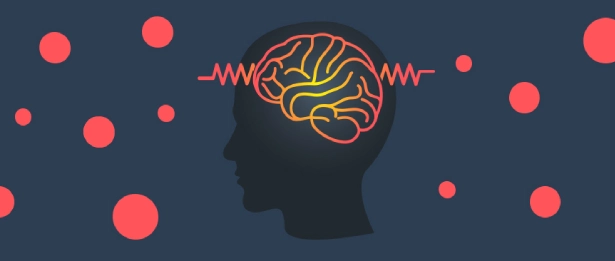Epilepsy

Epilepsy, commonly known as seizure disorder, is a neurological condition characterized by various convulsions and is frequently observed in children. In the field of Pediatric Neurology, children with epilepsy are often initially managed with medication, but in some cases, surgical interventions may be necessary. In other words, while most epilepsy seizures can be controlled with epilepsy medications, this treatment may prove ineffective in some children.
When is Surgery Necessary?
Certain seizures can be highly resistant to medications and occur frequently in some patients. In some cases, the cause of seizures may be tumors, cysts, or other formations in the brain, which require surgical removal. Such surgical interventions are referred to as lesionectomy in epilepsy surgery. This involves the removal of the formation causing seizures, with the expectation that seizures will cease. In certain types of epilepsy, removing some formations in the brain, and occasionally removing a portion of the temporal region or another specific area, may be necessary. Additionally, in some cases, disrupting the integrity between the right and left hemispheres of the brain by cutting certain structures may be required; this procedure is known as callosotomy, involving partial severing of the corpus callosum.